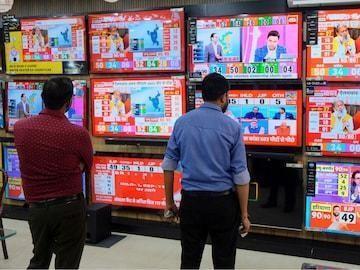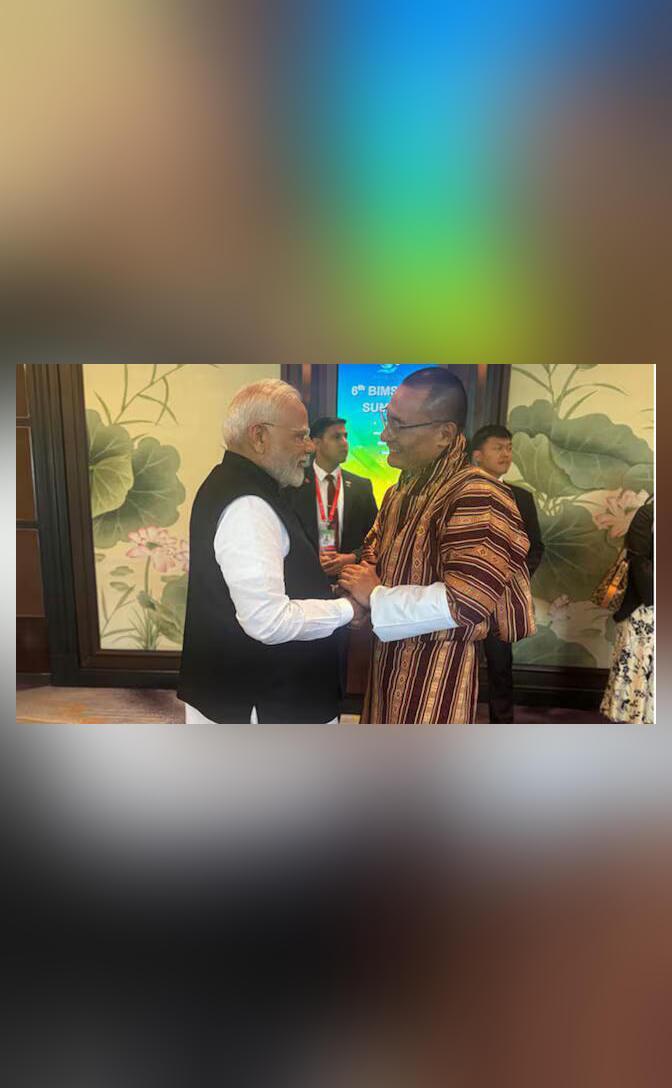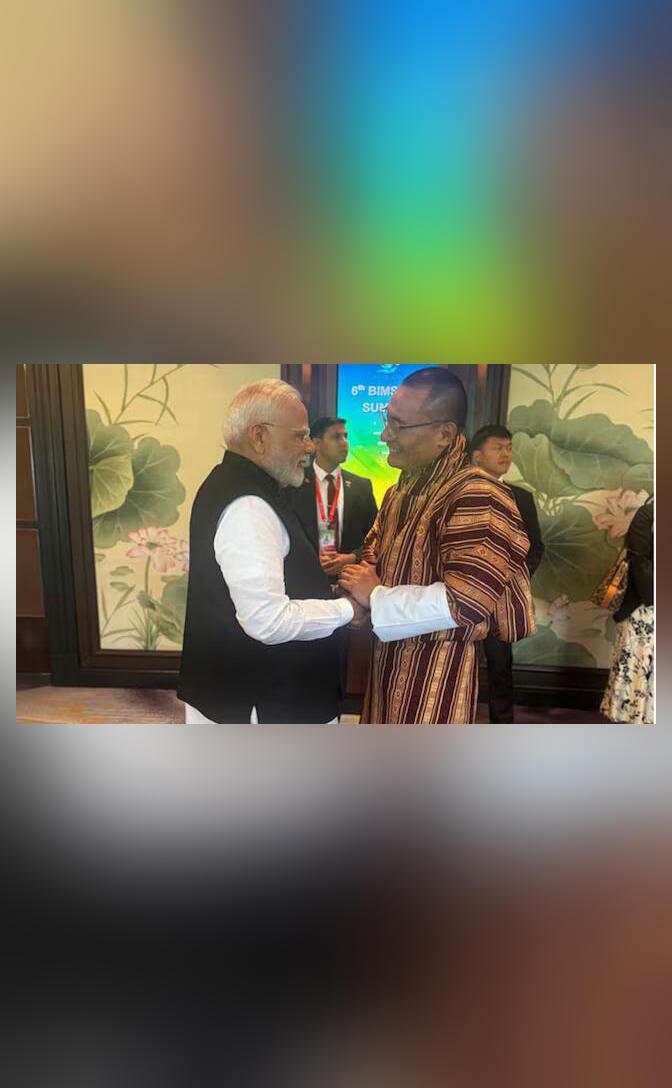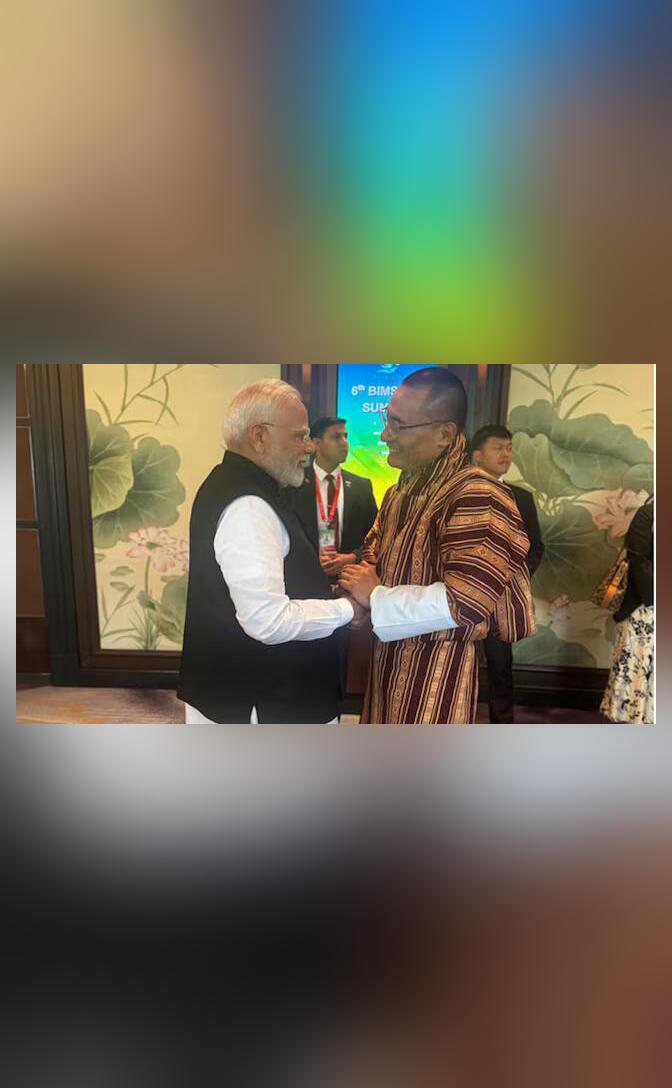
How Accurate Were Delhi Exit Poll Predictions in 2015 & 2020?
Exit polls are a crucial tool in understanding the outcome of an election, providing a glimpse into the voting patterns and preferences of the electorate. In the context of the Delhi Assembly elections, exit polls have been a significant factor in shaping the narrative surrounding the polls. In this blog post, we will delve into the accuracy of Delhi exit poll predictions in 2015 and 2020, examining the discrepancies between the predicted outcomes and the actual results.
2015 Delhi Assembly Elections: A Tale of Surprise
The 2015 Delhi Assembly elections were a significant event in the political landscape of India. The exit polls had estimated that the Aam Aadmi Party (AAP) would secure 45 seats, the Bharatiya Janata Party (BJP) 24, and the Congress party one. However, the actual results turned out to be a dramatic surprise, with the AAP winning a whopping 67 seats, leaving the BJP with a meager three and the Congress party with zero.
The exit polls had failed to capture the mood of the electorate, which was clearly in favor of the AAP. The party’s anti-corruption agenda and its promise of providing free electricity and water had resonated with the voters, leading to a landslide victory. The BJP’s campaign, which was marred by controversies and scandals, had failed to connect with the voters, resulting in a poor showing.
The 2015 election results were a wake-up call for the pollsters, who had to re-examine their methodologies and assumptions. The AAP’s victory had been a surprise, but it also highlighted the importance of understanding the ground realities and the mood of the electorate.
2020 Delhi Assembly Elections: Another Surprise in Store?
Fast forward to the 2020 Delhi Assembly elections, and the exit polls had predicted a different outcome. This time, the polls had estimated that the AAP would win 54 seats, while the BJP would manage 15. However, the actual results had another surprise in store, with the AAP winning 62 seats and the BJP securing eight.
The exit polls had once again failed to capture the mood of the electorate, which was clearly in favor of the AAP. The party’s campaign, which focused on issues such as healthcare, education, and women’s empowerment, had resonated with the voters, leading to a comfortable victory. The BJP’s campaign, which was marred by controversies and infighting, had failed to connect with the voters, resulting in a poor showing.
The 2020 election results were a repeat of the 2015 scenario, where the exit polls had failed to predict the actual outcome. The AAP’s victory had been a surprise, but it also highlighted the importance of understanding the ground realities and the mood of the electorate.
What Went Wrong with the Exit Polls?
There are several reasons why the exit polls had failed to predict the actual outcome of the Delhi Assembly elections. One of the primary reasons is the complexity of the Indian electoral landscape, which is characterized by a high degree of fragmentation and volatility. The Indian electorate is known for its unpredictability, and the exit polls often struggle to capture this complexity.
Another reason is the limitations of the exit poll methodology, which relies heavily on sampling and extrapolation. The exit polls may not always capture the nuances of the electorate’s preferences and opinions, leading to inaccuracies in the predictions.
Finally, the exit polls may also be influenced by the biases and assumptions of the pollsters, which can lead to inaccuracies in the predictions. For example, the exit polls may be influenced by the pollsters’ own political leanings or biases, which can lead to inaccuracies in the predictions.
Conclusion
In conclusion, the Delhi exit polls predictions in 2015 and 2020 were inaccurate, to say the least. The actual results had turned out to be a surprise, with the AAP winning a landslide victory in both elections. The exit polls had failed to capture the mood of the electorate, which was clearly in favor of the AAP.
The 2015 and 2020 election results have highlighted the importance of understanding the ground realities and the mood of the electorate. The exit polls need to be more accurate and nuanced in their predictions, taking into account the complexity of the Indian electoral landscape and the limitations of their methodology.
As we move forward, it is essential to recognize the limitations of the exit polls and to approach their predictions with a critical eye. The exit polls are an important tool in understanding the outcome of an election, but they are not infallible. It is essential to verify the accuracy of the exit polls with the actual results, and to use them as a guide rather than a definitive prediction.




